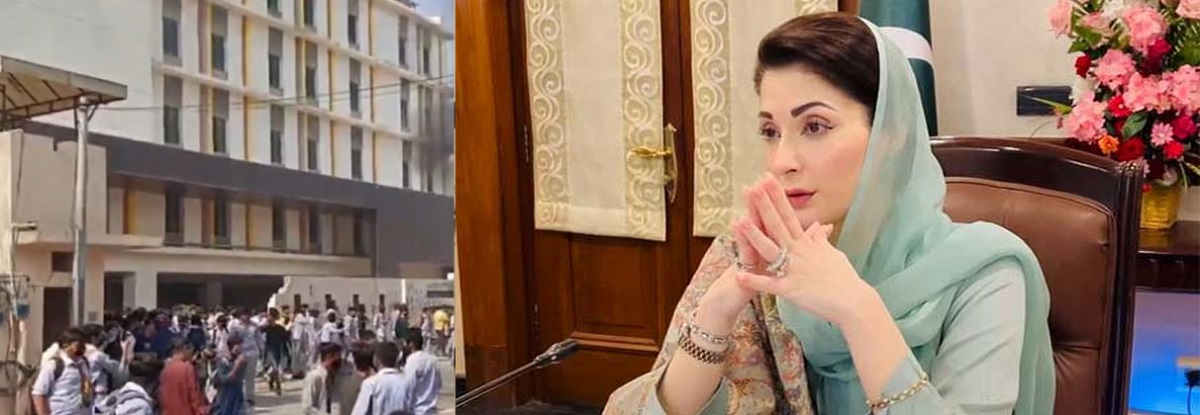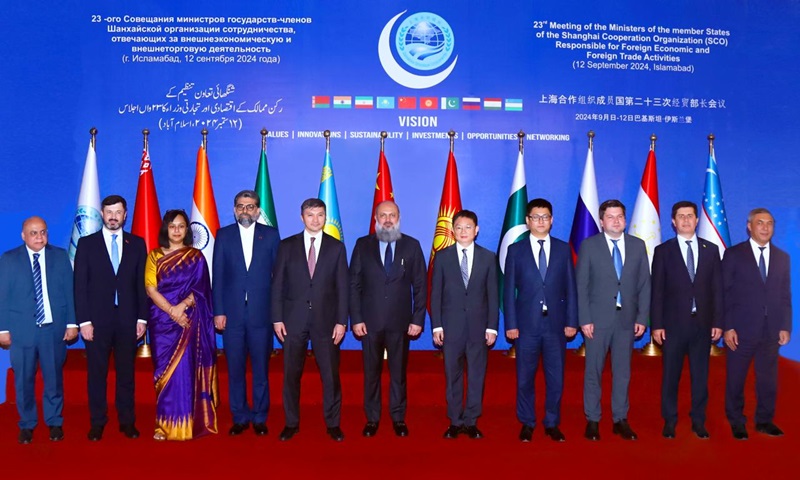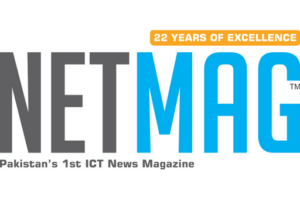In a significant financial development, Pakistan borrowed a staggering $3.527 billion from multiple financing sources during the first quarter (July-September) of the current fiscal year 2023-24 (FY24). This number is notably higher than the $2.234 billion borrowed during the same period of the previous fiscal year, 2022-23, as reported by the Economic Affairs Division (EAD). This article delves into the details of this financial move and examines the various sources of this borrowing.
The IMF’s Role
The government of Pakistan had earmarked $2.4 billion from the International Monetary Fund (IMF) for the fiscal year 2023-24. In July 2023, Pakistan received the first tranche of $1.2 billion as part of the $3 billion Stand-By Arrangement (SBA). It’s important to note that this significant inflow from the IMF is not reflected in the EAD data. Additionally, there is no mention of the $1 billion disbursed by the United Arab Emirates (UAE). If we consider these inflows, the total financial assistance in the first quarter of the fiscal year would reach an impressive $5.727 billion.
Saudi Arabia’s Contribution
Out of the $3.527 billion borrowed, a significant $2 billion was received from Saudi Arabia in the form of a time deposit in July 2023. This shows the strong financial ties between the two countries. It’s worth noting that the government had budgeted estimates of $4.5 billion from foreign commercial banks for the fiscal year 2023-24, but no money was received under this category during the first three months.
Issuance of Bonds
The government had also budgeted $1.5 billion from the issuance of bonds, but no bonds have been issued yet, resulting in no inflow under this head so far. The overall budget for the fiscal year included $17.619 billion from multiple financing sources, comprising $17.384 billion in loans and $234.60 million in grants.
READ MORE: The Changing Landscape of the Gold Market in Pakistan
A Look Back at FY22-23
In the preceding fiscal year, 2022-23, Pakistan borrowed $10.844 billion from multiple financing sources, which included $2.206 billion from foreign commercial banks. This amount fell short of the budgeted foreign assistance of $22.817 billion. However, it’s important to highlight that the $10.844 billion figure does not encompass the rollover of friendly countries’ deposits, which amounted to $6 billion, with $3 billion each from China and Saudi Arabia, as well as the refinancing of a Chinese loan of $1.3 billion.
Specific Aids and Grants
During the first three months of the fiscal year 2023-24, Pakistan received $204.51 million under the “Naya Pakistan Certificate” category. It also received $490.48 million from multilateral sources and $324.05 million from bilateral sources. Non-project aid constituted $2.653 billion, with $2.253 billion designated for budgetary support and project aid amounting to $873.97 million.
Chinese Support
China played a significant role in Pakistan’s financial landscape, disbursing $508.34 million under the “Guaranteed for the JF-17 B project,” which is funded by the China National Aero-Technology Import and Export Corporation (CATIC). China further disbursed $0.35 million in July-September, which falls short of the government’s budgeted figure of $18.54 million for the fiscal year.
ADB’s Contribution
The Asian Development Bank (ADB) disbursed $61.75 million during the same period, which is significantly lower than the budgeted $2.086 billion for the fiscal year 2023-24.
Other Financial Supporters
Saudi Arabia disbursed $300 million against the budgeted $600 million under the “Oil Facility” category during July-September 2023-24. The United States disbursed $13.98 million in the first three months against the budgeted $21.60 million for the fiscal year. Korea and France contributed as well, with disbursements of $4.85 million and $1.28 million, respectively, during the current fiscal year.
Multilateral and Bilateral Banks
The International Development Association (IDA) disbursed $240.93 million in July-September, falling short of the budgeted $1.489 billion for the current fiscal year. The International Bank for Reconstruction and Development (IBRD) disbursed $58.45 million, which is also less than the budgeted $840.36 million. The Islamic Development Bank (IsDB) in the short-term category disbursed $100 million in July-September against the budgeted $500 million for the fiscal year. The Asian Infrastructure Investment Bank (AIIB) disbursed $22.96 million, and the International Fund for Agricultural Development (IFAD) disbursed $6.38 million, both of which are lower than their respective budgeted figures for the current fiscal year.




